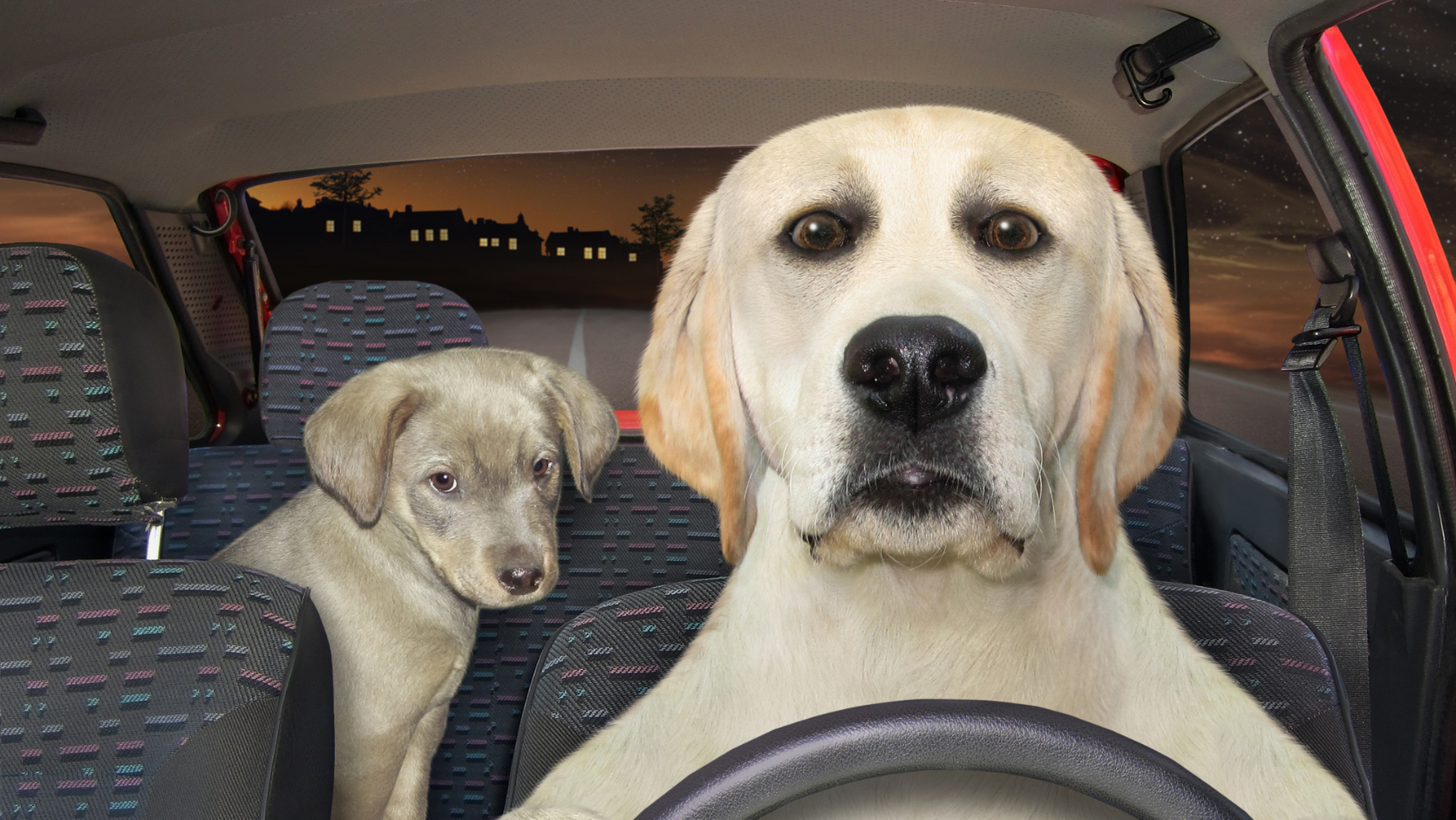Are driverless cars safe?
We know that driverless cars are coming. So imagine the future, when you get into your driverless car, set the controls to take you home, sit back and relax as the autonomous vehicle sets off down the road.
You are in the driver’s seat, but your hands aren’t on the steering wheel and your feet aren’t touching the pedals.
The vehicle steers itself through traffic, keeping a safe distance from all the other cars, trucks and buses around you. It picks up digital signals from traffic lights to stop, has sensors to brake when a pedestrian is crossing the road, and it never breaks the speed limit.
It’s been a hard day and your eyes droop. The car is safely driving itself and your attention is elsewhere when suddenly a dog runs onto the road. The car’s automatic brake sensor doesn’t stop the car in time, the car hits the dog and veers off the road, bouncing off a parked car and hitting a pedestrian.
Now, who is at fault? Is it you, as the person in the driver’s seat who wasn’t paying attention? But you weren’t the one controlling the autonomous vehicle.
Is the car’s automated system to blame for not sensing the dog in time? What if the car’s computer had to make a split-second decision between saving your life, or saving the lives of pedestrians, or people in another car? Does the car have to decide it is safer to run over the dog and not swerve?
In 2018 a prototype self-driving vehicle struck and killed a pedestrian in Arizona. The car’s software did not apply its brakes because it wasn’t programmed to recognise pedestrians outside zebra crossings.
Are driverless cars legal in Australia?
There will come a time in the future when the law will have to handle such scenarios.
Driverless cars are not allowed on public roads in Australia yet, but there have been tests on selected roads. (Please see Tough road ahead: Self-driving cars are taking off in the US, but Australians might be waiting a while yet, SBS News, 11 December 2022.)
In Australia some mines are using automated trucks controlled from 1200 kilometres away. (Please see Driverless trucks move all iron ore at Rio Tinto’s Pilbara mines, in world first, ABC News, 18 October 2015.)
Self-driving cars are being allowed in other countries, where the driver must be ready to take back control.
Legal framework for driverless cars in Australia
It seems inevitable that technology will advance to the point where artificial intelligence will be controlling vehicles on the road and the law must be ready.
The National Transport Commission has started framing regulations for a future launch of autonomous vehicles. Some driverless cars are being tested on safe roads. (Please see The regulatory framework for automated vehicles in Australia, National Transport Commission, February 2022.)
The NTC policy paper says an Automated Vehicle Safety Law, due in 2026, would establish a regulator for the technology and national standards for driverless cars.
In the event of a traffic infringement, the group’s paper suggests the owner could receive an infringement notice and could then nominate the “automated driving system entity” as responsible.
The NRMA says more than 50 federal and state laws will have to be amended to prepare for autonomous vehicles on public roads. (Please see Over 50 laws identified to be amended for autonomous vehicles.)
There will be many other legal challenges if a computer is driving when there is an accident.
Can you sue a computer chip for injuries? How will it affect insurance and product liability? What about privacy, security and protection of the car owner’s data? What if there is a data breach or cyberattack on the vehicle? What if the car’s computer controls are hacked?
Are driverless cars safer than human drivers?
The law will have to consider when it is legal to take your hands off the wheel and leave the computer in control.
Sensors already exist that automatically brake when your car is getting close to a solid object.
More than 1200 people per year die on Australian roads. It may indeed be safer if AI controls streams of traffic on highways, ensuring that all vehicles stay within the speed limit and maintain a safe distance from one other.
But will we be ready for technology to control us on our roads?
For more information please see New laws coming to curtail artificial intelligence (AI).














